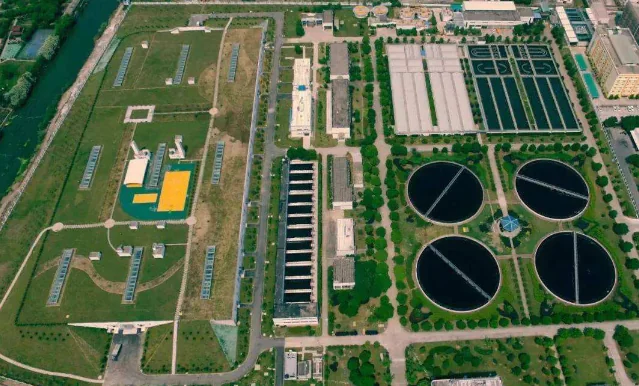Choosing the right carbon source is very important in wastewater treatment. It affects denitrification efficiency, water quality, and cost. Two popular carbon sources are sodium acetate and glucose. Each has different features. In this article, you will learn how to choose the best option for your system.

Sodium Acetate: Fast-Acting Carbon Source for Quick Denitrification
Sodium acetate (also called sodium ethanoate) is a small organic molecule. Its standard content is 58–60%, with a COD equivalent of around 400,000 mg/L. It is widely used in wastewater treatment for emergency nitrogen removal and system startup.
Benefits of Sodium Acetate:
- ✅ Fast microbial uptake and quick response
- ✅ Ideal for system startup and shock loading
- ✅ Helps build microbial biomass quickly
- ⚠️ Produces more sludge; higher dosing cost in some cases
Glucose: Stable and Cost-Effective Carbon Source for Long-Term Use
Glucose used in wastewater treatment is usually food-grade. It has a high COD equivalent of up to 1,000,000 mg/L. It is a reliable carbon source for stable and continuous operation. Although slower to act than sodium acetate, it is cheaper and easier to store.
Benefits of Glucose:
- ✅ High COD content, low cost per unit
- ✅ Stable performance for long-term use
- ✅ Works well with many types of microbes
- ✅ Easily available and price-stable
- ⚠️ Slower microbial uptake; must break into smaller molecules first

When to Use Each Carbon Source?
Use this guide to help decide which carbon source is better for your wastewater treatment system.
| Situation | Recommended Carbon Source | Why? |
| System startup or shock load | Sodium acetate | Fast response and easy microbial use |
| Sudden ammonia increase | Sodium acetate | Quickly supports denitrification |
| Long-term stable wastewater treatment | Glucose | Lower cost and steady COD supply |
| Cost-sensitive treatment systems | Glucose | Less needed, more affordable per unit COD |
| Combined startup and long-term operation | Sodium acetate + Glucose | Start fast, then switch to stable and low-cost source |
Combine Both: Smart Carbon Source Strategy
In real projects, engineers often use both carbon sources. For example, start with sodium acetate to get quick results. Then switch to glucose for long-term, low-cost operation. This mixed strategy helps save money and improve efficiency.
Final Tip: Choose the Right Carbon Source for Better Wastewater Treatment
There is no one-size-fits-all carbon source. You must consider your system size, goals, and budget.
- Use sodium acetate when you need quick results.
- Use glucose when you need stable and low-cost operation.
- Or use both in different stages for the best performance.
We supply high-quality sodium acetate and glucose for industrial and municipal wastewater treatment. 📞 Contact us for free samples or expert support.
